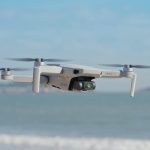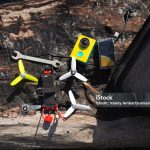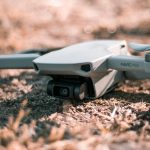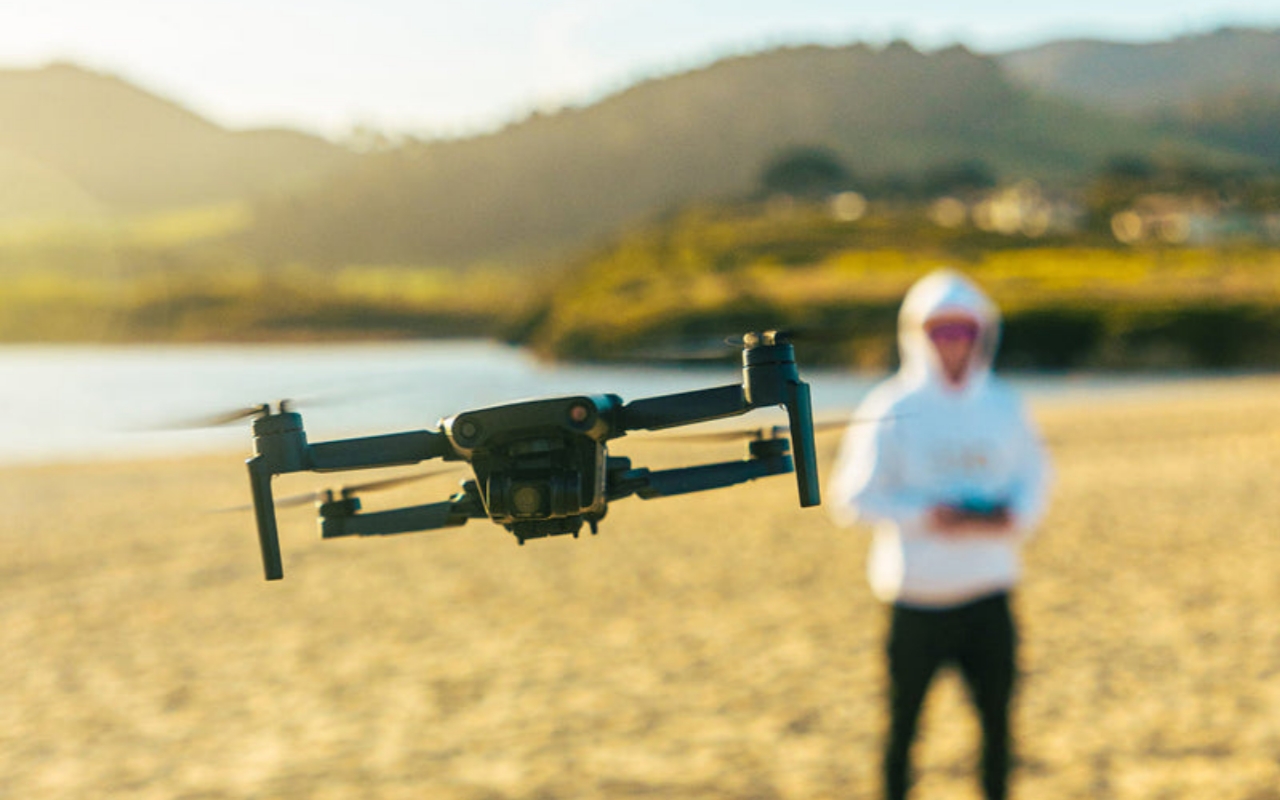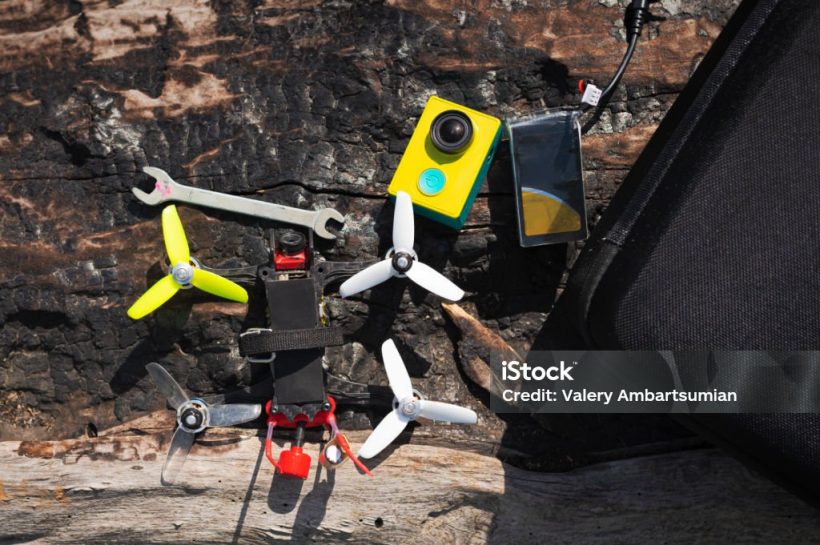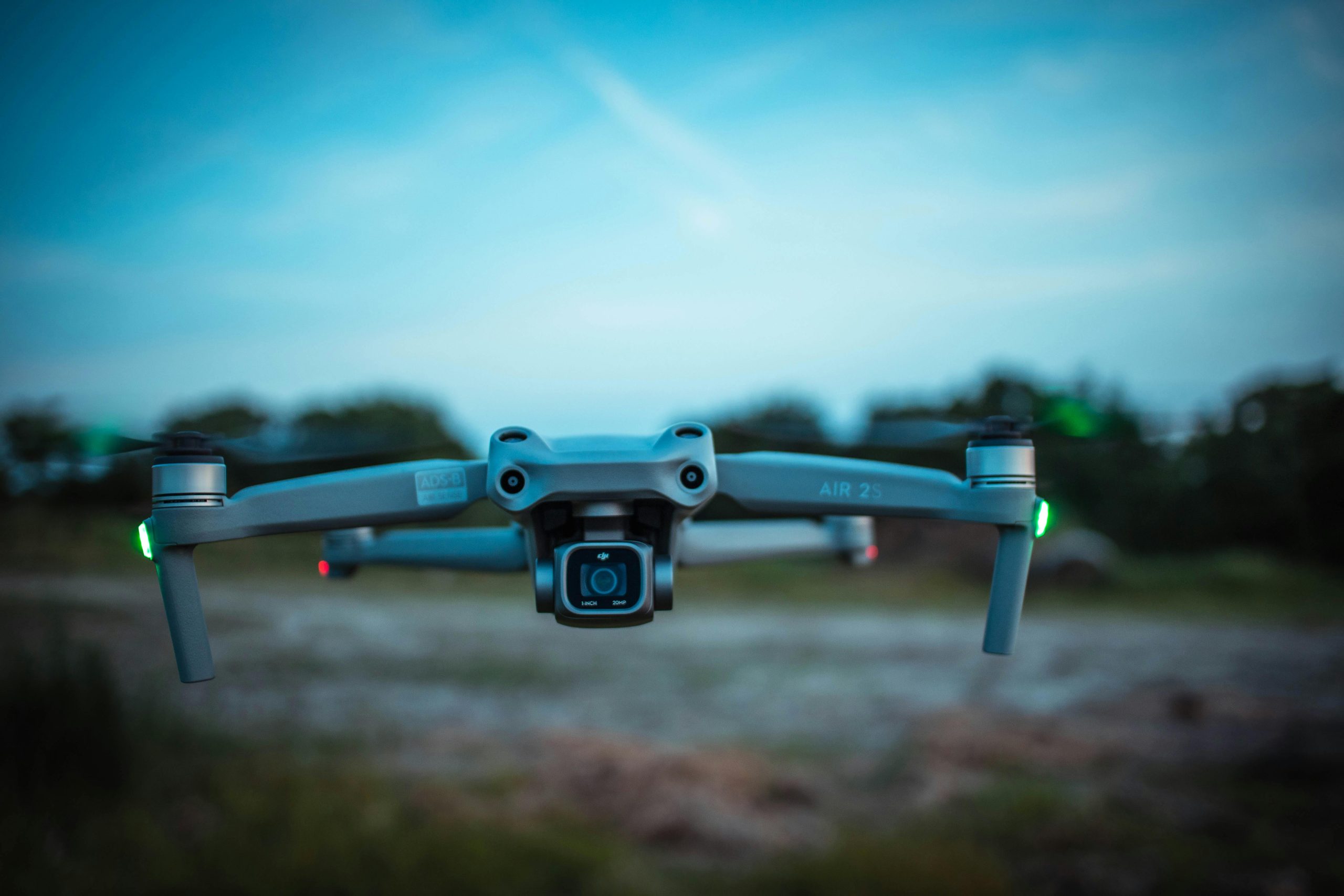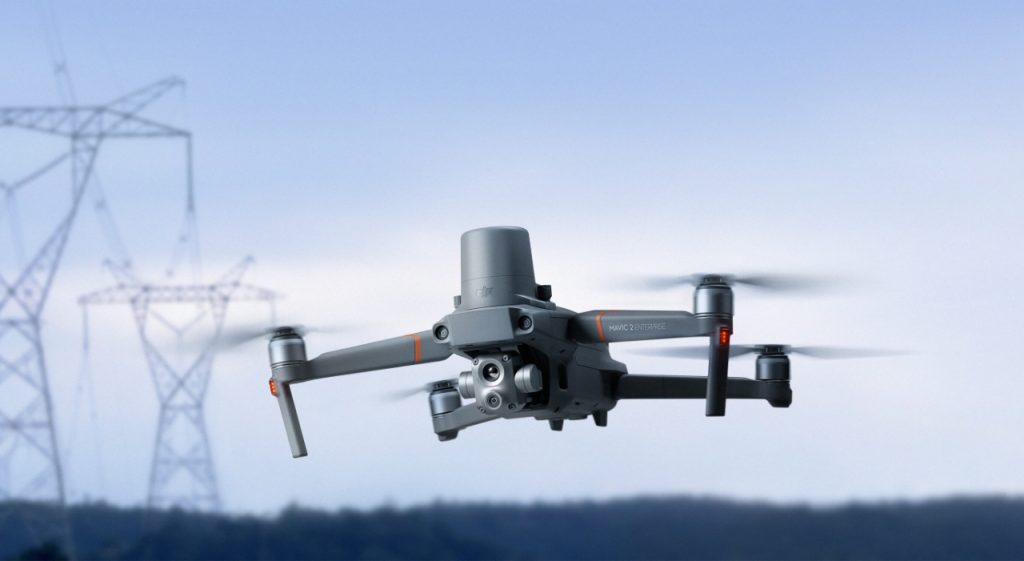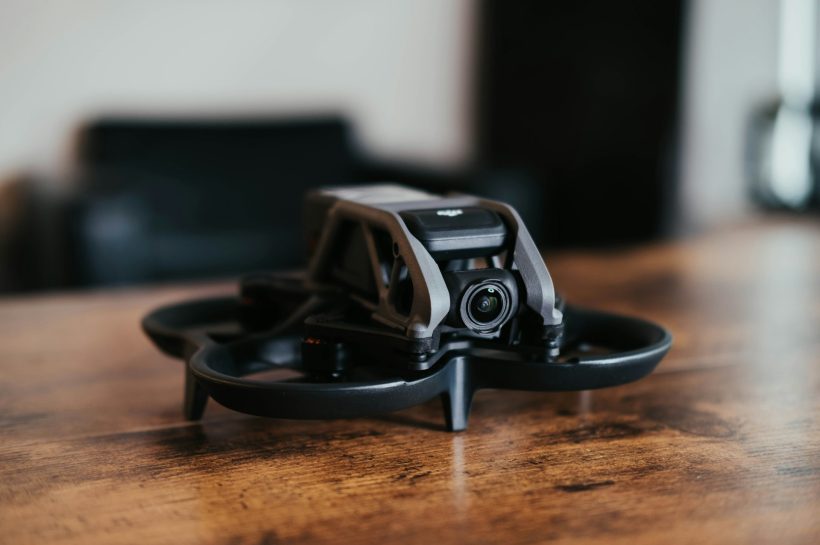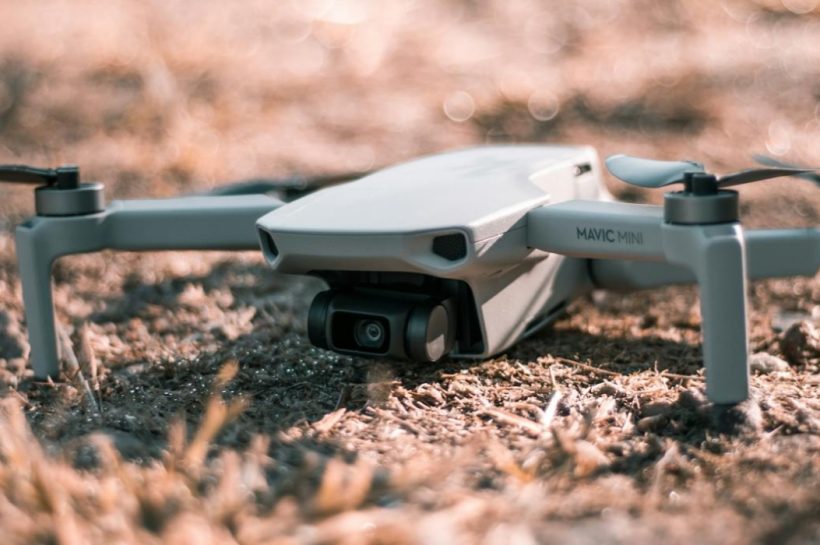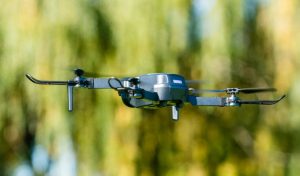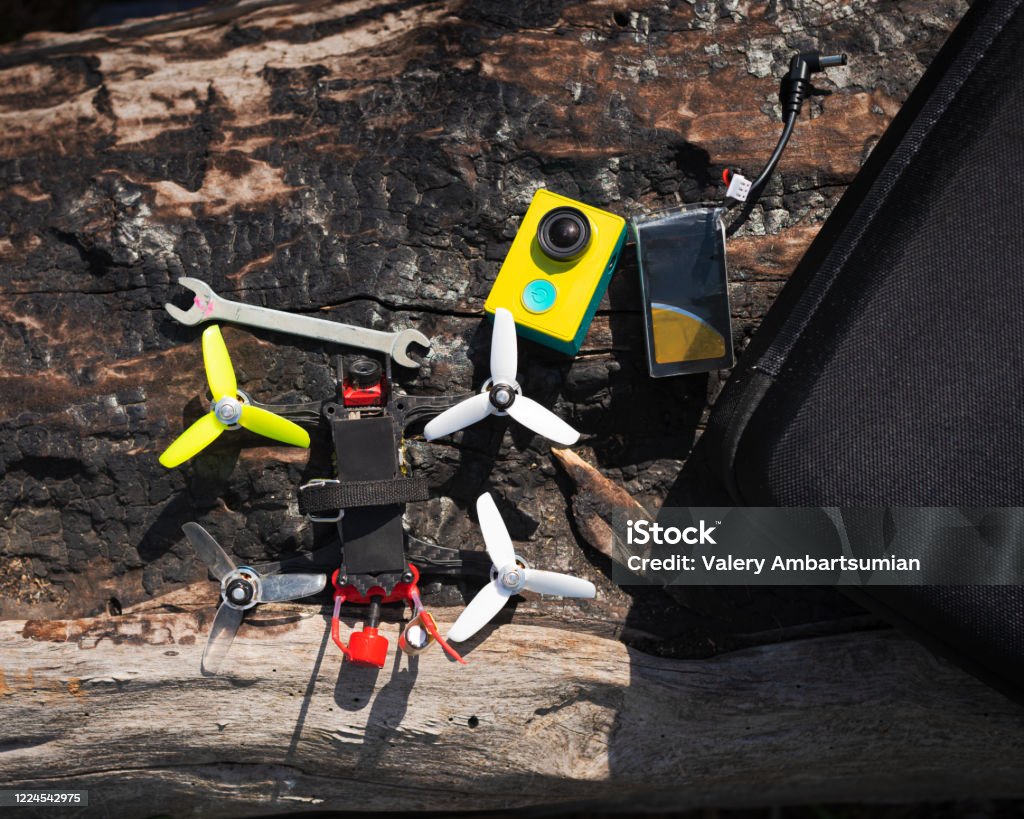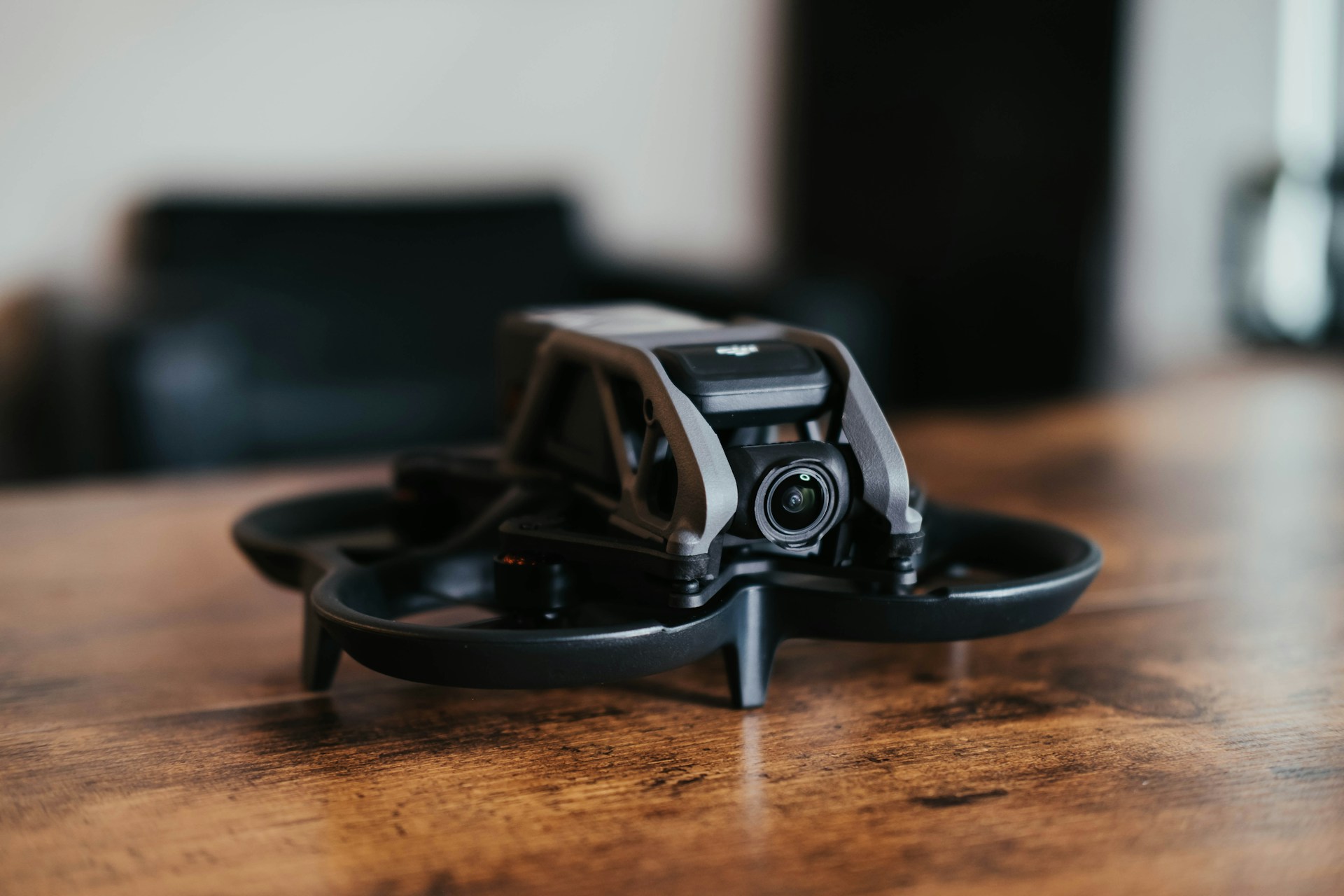Agriculture is a vital industry that supports the world’s population. However, with global population growth and the need for sustainable farming, traditional agricultural methods are rapidly changing. One of the most innovative technologies that are revolutionizing the agricultural industry is drones. These unmanned aerial vehicles are being used to optimize crops, save resources, and enhance the overall efficiency of farming. From mapping out topography and soil health to identifying crop stress and monitoring irrigation systems, drones are transforming the way farmers grow and harvest crops. In this post, we’ll explore the different ways that drones are being used in agriculture and how they are helping farmers increase yields, reduce costs, and improve sustainability.
Introduction: The role of drones in agriculture
Drones, once primarily associated with military operations and recreational use, have now found a revolutionary application in the field of agriculture. These unmanned aerial vehicles have quickly become indispensable tools for modern farmers, offering a range of benefits that are transforming the way crops are managed and resources are utilized.
By leveraging the power of drones, farmers are able to gather real-time data and insights that were previously unattainable through traditional methods. Equipped with advanced sensors and imaging technology, drones can capture high-resolution aerial images of farmland, providing valuable information on crop health, soil conditions, and irrigation needs.
The ability of drones to cover vast expanses of farmland quickly and efficiently makes them ideal for monitoring crops on a large scale. This aerial perspective allows farmers to detect issues such as pest infestations, nutrient deficiencies, or water stress early on, enabling them to take timely action to optimize crop yields and minimize losses.
Moreover, drones can be equipped with specialized tools such as multispectral cameras and thermal sensors, allowing for the collection of data beyond the visible spectrum. This additional layer of information enables farmers to gain deeper insights into plant health and growth patterns, facilitating more informed decision-making in crop management.
Overall, the integration of drones in agriculture represents a significant leap forward in precision farming practices. By harnessing the capabilities of these aerial devices, farmers can enhance crop productivity, reduce resource wastage, and ultimately contribute to a more sustainable and efficient agricultural industry.
Benefits of using drones in farming
The benefits of utilizing drones in farming are vast and transformative. These unmanned aerial vehicles are revolutionizing agriculture by providing farmers with valuable data and insights that were previously inaccessible. One of the key advantages of drone technology is the ability to collect real-time data on crop health, soil conditions, and irrigation needs. By using drones equipped with specialized sensors and cameras, farmers can quickly and accurately identify areas of their fields that require attention, allowing for targeted interventions and optimized resource allocation.
Additionally, drones enable farmers to monitor their crops at a much higher resolution and frequency than traditional methods, such as satellite imagery or ground surveys. This enhanced visibility allows for early detection of issues such as pest infestations, nutrient deficiencies, or water stress, enabling prompt action to be taken to mitigate potential crop losses.
Moreover, the use of drones in farming can lead to significant cost savings and increased efficiency. By providing precise data on crop health and field conditions, drones help farmers reduce input costs by optimizing the use of fertilizers, pesticides, and water. This targeted approach not only benefits the environment by reducing chemical runoff and water waste but also improves the overall sustainability of agricultural practices.
In conclusion, the benefits of using drones in farming are undeniable. From improved crop management and resource efficiency to cost savings and environmental sustainability, drones are playing a pivotal role in transforming agriculture and helping farmers optimize their yields while minimizing their impact on the planet.
Precision agriculture and data collection
Precision agriculture, coupled with advanced data collection techniques, is transforming the landscape of farming practices worldwide. The integration of drones in agriculture has revolutionized the way farmers manage their crops and resources. These unmanned aerial vehicles equipped with high-resolution cameras and sensors can capture detailed data on crop health, soil conditions, and pest infestations with unparalleled accuracy.
By utilizing drones for data collection, farmers can identify areas of their fields that require specific attention, such as irrigation or fertilization. This targeted approach minimizes wastage of resources and maximizes crop yields. The real-time data collected by drones enables farmers to make informed decisions promptly, leading to more efficient and sustainable agricultural practices.
Moreover, the data collected by drones can be analyzed using sophisticated software to generate valuable insights and predictive analytics. This data-driven approach allows farmers to monitor crop growth patterns, detect anomalies early, and optimize interventions for improved outcomes. In essence, precision agriculture powered by drone technology is enabling farmers to optimize their crops, conserve resources, and enhance overall productivity in a sustainable manner.
Monitoring crop health with drone technology
Drones are revolutionizing agriculture by offering a bird’s eye view of crop health like never before. These unmanned aerial vehicles equipped with advanced sensors and cameras can provide farmers with real-time data on the condition of their crops. By flying over fields and capturing high-resolution images, drones can detect early signs of stress, disease, or nutrient deficiencies that may not be visible to the naked eye.
The ability to monitor crop health with drone technology allows farmers to take proactive measures to optimize their yields and conserve resources. By identifying problem areas quickly, farmers can target their interventions, such as applying fertilizers or pesticides, with precision, reducing waste and environmental impact.
Moreover, drone technology enables farmers to create detailed maps of their fields, providing valuable insights into crop variability and growth patterns. This data can be used to make informed decisions on irrigation, planting, and harvesting strategies, ultimately leading to improved efficiency and productivity.
In conclusion, monitoring crop health with drone technology is a game-changer for modern agriculture, empowering farmers to make data-driven decisions that maximize crop yields, minimize inputs, and promote sustainable farming practices.
Optimizing irrigation and fertilization practices
Drones have emerged as a game-changer in the field of agriculture by revolutionizing traditional irrigation and fertilization practices. These unmanned aerial vehicles equipped with advanced sensors and imaging technology are transforming the way farmers manage their crops, leading to increased efficiency and resource savings.
When it comes to irrigation, drones provide real-time data on soil moisture levels, crop health, and water requirements. By analyzing this data, farmers can precisely tailor their irrigation schedules and ensure that crops receive the optimal amount of water, reducing water wastage and improving overall crop yield.
Similarly, drones are also being used to optimize fertilization practices by providing detailed insights into soil nutrient levels and crop nutrient requirements. By mapping out nutrient deficiencies and applying fertilizers only where needed, farmers can minimize overuse of fertilizers, reduce environmental impact, and enhance the nutrient uptake of crops.
Overall, the integration of drones in agriculture is transforming the way farmers approach irrigation and fertilization, leading to more sustainable farming practices, increased crop productivity, and significant resource savings.
Pest and disease management with drone technology
With the advancement of technology in agriculture, drones have emerged as valuable tools for pest and disease management in crop fields. These unmanned aerial vehicles equipped with high-resolution cameras and sensors can provide farmers with real-time data to detect pest infestations and diseases early on.
By utilizing drone technology, farmers can survey vast areas of crops quickly and efficiently, enabling them to identify problem areas and take immediate action. Drones can capture detailed images of the crops, allowing farmers to spot signs of pest damage or disease progression that may not be visible to the naked eye. This early detection can help farmers implement targeted treatment strategies, reducing the use of pesticides and minimizing crop damage.
Moreover, drones can be integrated with GPS technology to create precise maps of the affected areas, enabling farmers to apply treatments with pinpoint accuracy. By optimizing pest and disease management practices with drone technology, farmers can improve crop yields, reduce production costs, and promote sustainable agriculture practices for a more efficient and environmentally friendly farming industry.
Case studies of successful drone implementation in agriculture
Drones have revolutionized the field of agriculture, offering innovative solutions to age-old challenges. Let’s delve into some compelling case studies that showcase the successful implementation of drones in optimizing crops and saving valuable resources.
1. **Farm X’s Precision Crop Monitoring**: Farm X, a large-scale agricultural operation, implemented drones equipped with high-resolution cameras to monitor crop health and growth. By conducting regular aerial surveys, the drones identified areas of nutrient deficiency and pest infestation. This data allowed Farm X to target specific areas with precision applications of fertilizers and pesticides, leading to increased crop yields and reduced chemical usage.
2. **Vineyard Y’s Disease Detection**: Vineyard Y faced recurring issues with fungal diseases impacting their grape production. By utilizing drones with multispectral imaging capabilities, Vineyard Y was able to detect early signs of disease development before visible symptoms appeared. This proactive approach enabled timely intervention, resulting in healthier vines and improved grape quality.
3. **Cooperative Z’s Water Management**: Cooperative Z, a group of smallholder farmers, struggled with water scarcity in their region. Drones equipped with thermal sensors were employed to assess soil moisture levels and identify areas requiring irrigation. By precisely targeting water application based on drone data, Cooperative Z achieved optimal water usage, leading to improved crop health and sustainable water management practices.
These case studies exemplify the transformative impact of drone technology in agriculture, demonstrating how drones can enhance efficiency, productivity, and sustainability across diverse farming operations. As more farmers embrace drone technology, we can anticipate further advancements in agricultural practices, ultimately shaping a more resilient and resource-efficient farming landscape.
Challenges and limitations of using drones in farming
While the use of drones in agriculture has brought about significant advancements, there are still several challenges and limitations that need to be addressed. One of the primary challenges is the initial investment cost associated with acquiring drones and the necessary technology for agricultural purposes. Farmers, especially small-scale ones, may find it difficult to afford the high costs of purchasing and maintaining drones.
Another limitation is the need for skilled operators who can effectively pilot drones and analyze the data collected. Training individuals to operate drones efficiently and interpret the data they provide can be time-consuming and expensive.
Furthermore, weather conditions can greatly impact the effectiveness of drone operations in agriculture. High winds, heavy rain, or extreme temperatures can limit the ability of drones to fly and gather data, thus affecting their overall utility in farming practices.
Data security and privacy concerns also pose challenges when using drones in agriculture. Farmers need to ensure that the data collected by drones, such as crop health information and field maps, are protected from unauthorized access and misuse.
Despite these challenges and limitations, ongoing research and development in drone technology are continually addressing these issues to make drone usage in agriculture more accessible, cost-effective, and efficient for farmers around the world.
Future trends and advancements in agricultural drone technology
As technology continues to advance at a rapid pace, the future of agricultural drone technology holds immense promise for revolutionizing the way crops are cultivated and resources are managed. One of the key trends on the horizon is the integration of artificial intelligence (AI) and machine learning algorithms into drone systems. These intelligent drones will be able to analyze vast amounts of data collected from fields, such as crop health indicators, soil moisture levels, and pest infestations, to provide farmers with actionable insights in real-time.
Furthermore, advancements in sensor technology are enabling drones to capture more detailed and accurate data, allowing for precise monitoring and targeted interventions. For example, multispectral and hyperspectral sensors can detect subtle changes in crop health that are not visible to the naked eye, enabling farmers to diagnose issues early and take proactive measures to optimize yields.
Another exciting development is the use of swarming technology, where multiple drones work together in coordinated efforts to cover larger areas more efficiently. This approach can significantly increase the speed and effectiveness of crop monitoring and treatment applications.
Moreover, the integration of drones with other emerging technologies, such as Internet of Things (IoT) devices and autonomous vehicles, is poised to create a seamless and interconnected agricultural ecosystem. This interconnected network will enable data sharing and collaboration across various farm operations, leading to more sustainable and productive farming practices.
In conclusion, the future of agricultural drone technology is bright, with continued advancements paving the way for more efficient, sustainable, and productive farming practices. By leveraging these cutting-edge technologies, farmers can optimize crop yields, minimize resource wastage, and contribute to a more sustainable and food-secure future.
Conclusion: The transformative impact of drones on modern agriculture
In conclusion, it is evident that drones are revolutionizing the agricultural industry in ways that were previously unimaginable. The introduction of drone technology has led to increased efficiency, reduced costs, and improved crop yields for farmers around the world. By utilizing drones for tasks such as crop monitoring, field mapping, and crop spraying, farmers are able to optimize their resources and make more informed decisions to improve their overall productivity.
Furthermore, drones have proven to be invaluable tools in addressing environmental concerns and promoting sustainable agricultural practices. With the ability to precisely target areas for fertilization or pesticide application, drones help minimize the use of chemicals and reduce environmental impact. This not only benefits the farmers by lowering expenses but also contributes to the preservation of the ecosystem.
As we look to the future of agriculture, it is clear that drones will continue to play a crucial role in shaping the industry. With ongoing advancements in technology and the increasing affordability of drone systems, more farmers will have access to these innovative tools. By harnessing the power of drones, agriculture can become more efficient, sustainable, and productive, ultimately leading to a brighter and more prosperous future for the farming community as a whole.
In conclusion, drones are transforming the agricultural industry by providing farmers with innovative tools to optimize crop management and conserve valuable resources. The integration of drone technology has revolutionized traditional farming practices, enabling more efficient monitoring of crops, early detection of issues, and precise application of resources. As drones continue to evolve and become more accessible, their impact on agriculture will only continue to grow, leading to increased productivity and sustainability in farming practices. Embrace the future of agriculture with drone technology and witness the transformative benefits it offers to farmers worldwide.
